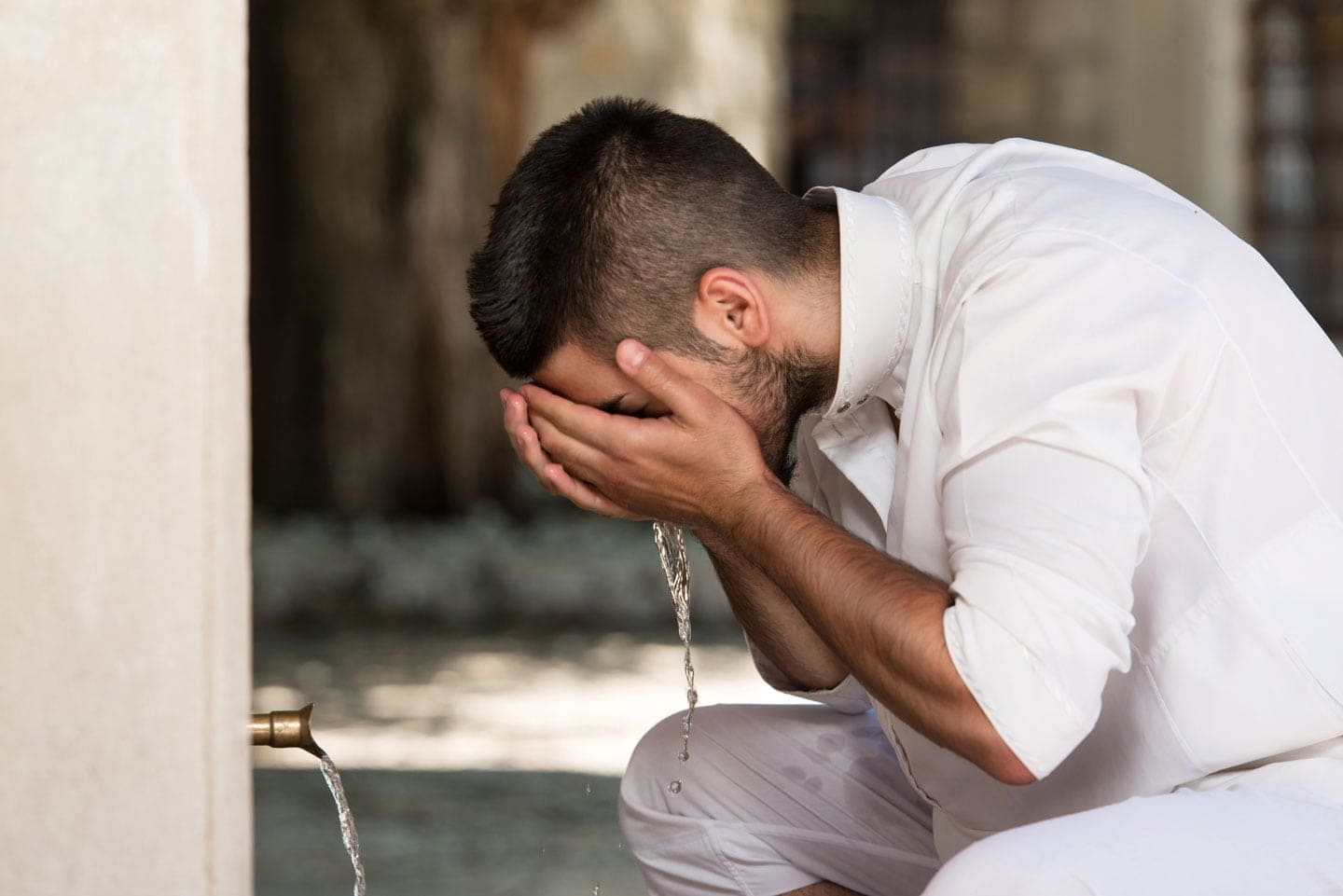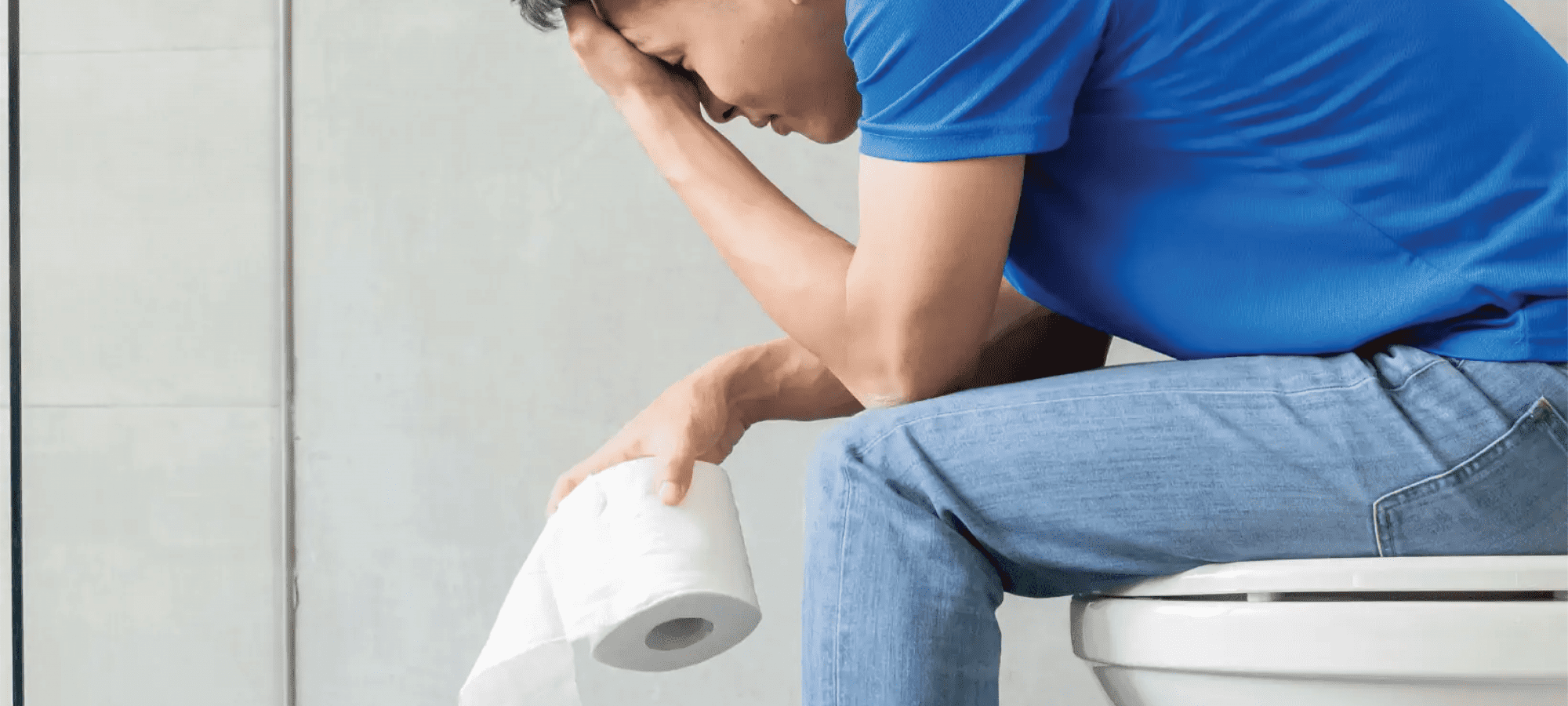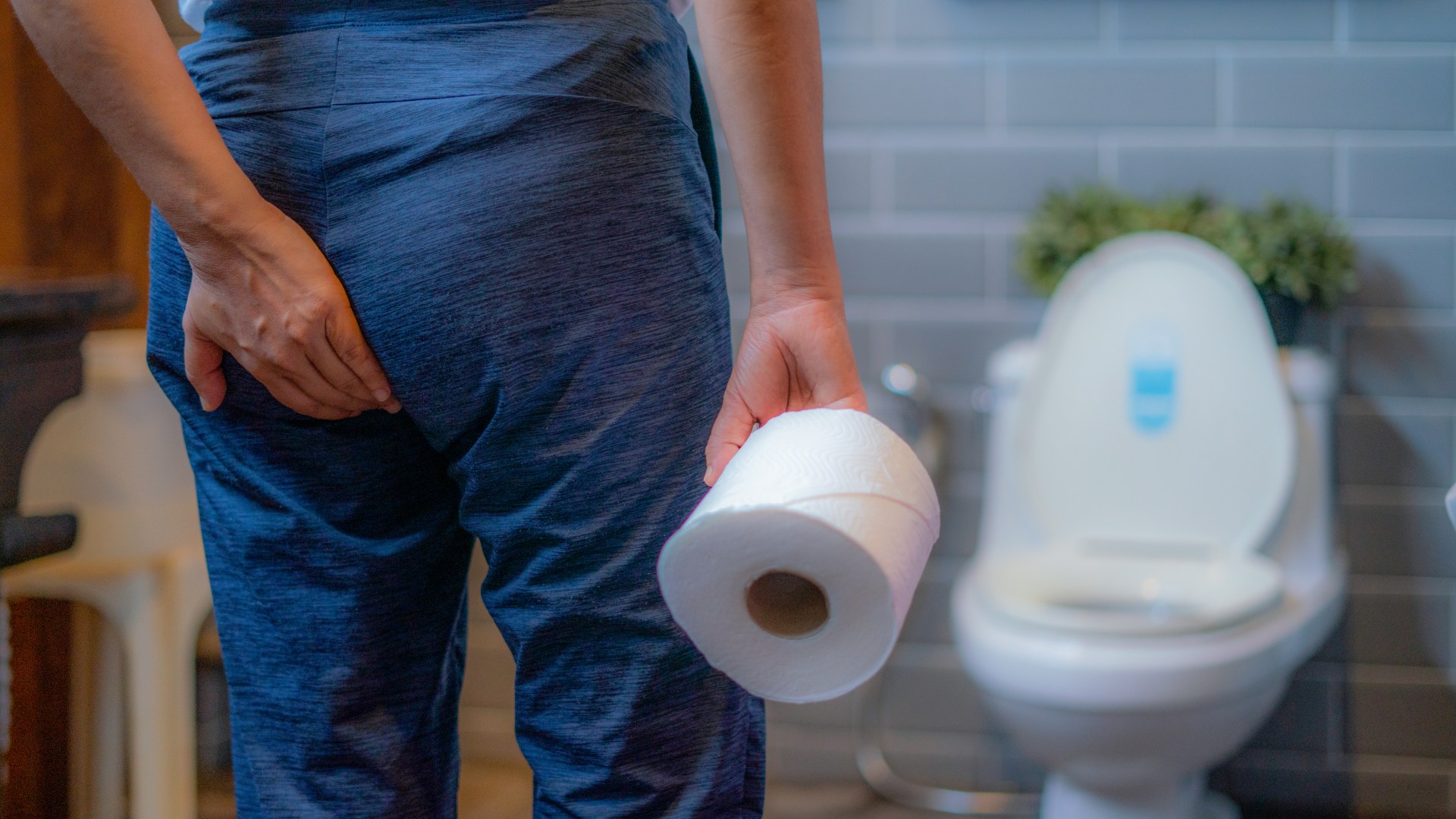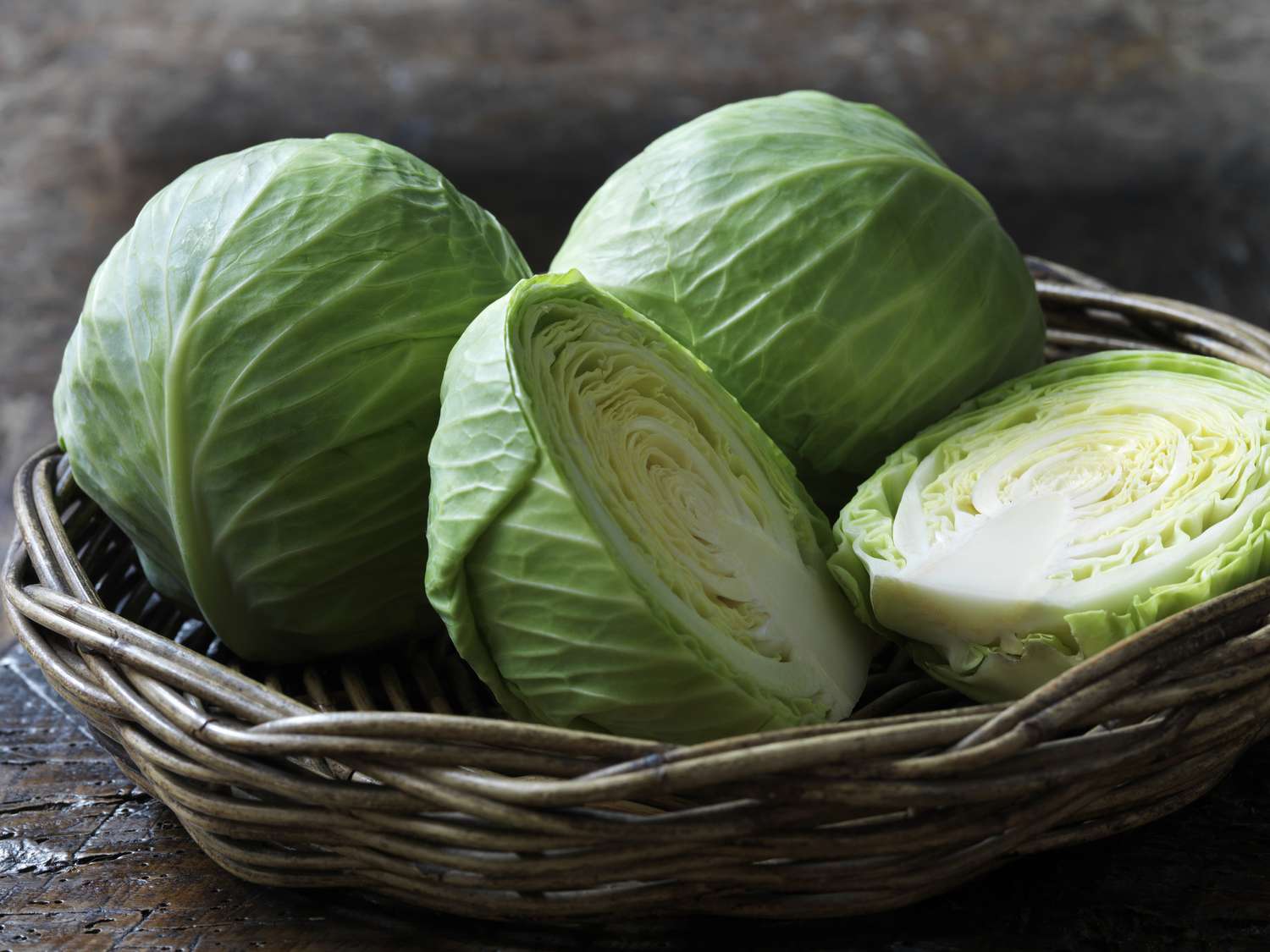

FAQs
What Positions Help You Fart
Modified: August 5, 2023
Discover the answers to your general questions about positions that can help relieve gas and promote farting. Learn how certain positions can aid in digestion and alleviate discomfort.
(Many of the links in this article redirect to a specific reviewed product. Your purchase of these products through affiliate links helps to generate commission for Under-tec.com, at no extra cost. Learn more)
Table of Contents
Introduction
Let’s face it – farting is a natural bodily function that everyone experiences. It may not be the most glamorous topic of conversation, but it’s something that affects all of us. Whether it’s due to a big meal, digestive issues, or simply the body’s way of releasing excess gas, farting is a normal part of life.
But have you ever wondered if there are certain positions that can help you fart more easily? Contrary to popular belief, there are indeed certain positions that can assist in the release of gas and provide relief from discomfort. In this article, we will explore why we fart, the factors that affect farting positions, and discuss the positions that can help in releasing gas.
Understanding the mechanics of farting and knowing how to position ourselves can make the process more comfortable and less embarrassing. So, if you’ve ever found yourself feeling bloated and in need of some relief, read on to discover the positions that can help you fart.
Why do we fart?
Farting, also known as flatulence, is a natural bodily function that occurs when excess gas is expelled from the digestive system. The digestive process involves breaking down the food we eat into smaller components for absorption and utilization by the body. During this process, gases such as nitrogen, oxygen, carbon dioxide, hydrogen, and methane are produced as byproducts. These gases need to be released to maintain a healthy digestive system.
One of the main reasons we fart is due to the swallowing of air. When we eat or drink, we also consume small amounts of air. This air gets trapped in the digestive system and needs to be released to prevent bloating and discomfort. Additionally, certain foods and beverages, such as beans, lentils, cruciferous vegetables, carbonated drinks, and fatty foods, can produce higher amounts of gas during digestion, leading to increased farting.
In some cases, excessive flatulence may be caused by underlying medical conditions, such as lactose intolerance, celiac disease, irritable bowel syndrome (IBS), or gastrointestinal infections. These conditions can lead to impaired digestion and increased gas production, resulting in more frequent and intense farting episodes.
It’s important to note that farting is a completely natural and healthy bodily function. In fact, holding in gas for prolonged periods can lead to discomfort, bloating, and even pain. So rather than being embarrassed or ashamed about farting, it’s better to embrace it as a normal part of our digestive process.
Now that we understand why farting is a natural occurrence in the body, let’s explore the factors that can affect our farting positions.
Factors that affect farting positions
When it comes to farting, the position of our body can make a difference in the ease and effectiveness of gas release. Various factors can influence our farting positions, including:
- Digestive system functioning: The effectiveness of our digestive system plays a significant role in the amount and frequency of gas produced. Factors such as the type of bacteria in our gut, the speed of digestion, and the efficiency of nutrient absorption can all contribute to the gas buildup in our digestive system.
- Dietary choices: The foods and beverages we consume can affect the composition and volume of gas produced during digestion. Certain foods, such as beans, onions, cabbage, and carbonated drinks, are notorious for causing excessive gas. Additionally, foods high in fat and fiber can also contribute to increased farting.
- Hydration level: Adequate hydration is crucial for a healthy digestive system. When we are dehydrated, the digestion process may slow down, leading to increased gas production and discomfort.
- Physical activity: Regular exercise and physical movement can help stimulate the digestive system. Being sedentary or sitting in one position for extended periods can contribute to gas buildup and make it harder to release trapped gas.
- Medical conditions: Underlying medical conditions such as lactose intolerance, celiac disease, and irritable bowel syndrome (IBS) can affect the body’s ability to digest certain foods properly, leading to increased gas production and the need for specific farting positions for relief.
Considering these factors, it becomes clear that our lifestyle choices, dietary habits, and overall health play a significant role in determining the positions that can facilitate the release of gas. In the next section, we will explore some positions that can help in effectively releasing trapped gas from the body.
Positions that help in releasing gas
When you’re feeling bloated and in need of some relief, certain positions can assist in releasing trapped gas from your digestive system. These positions help to relax the abdominal muscles, create space in the gastrointestinal tract, and encourage the movement of gas through the body. Here are some positions that can help you fart:
- Knee-to-Chest Position: Start by lying on your back and gently bring your knees towards your chest, hugging them close. This position helps to stretch the abdominal muscles and apply gentle pressure on the intestines, promoting the release of gas.
- Child’s Pose: Kneel on the floor, touch your toes together, and then sit back on your heels while extending your arms forward. Rest your forehead on the ground and stay in this position to help relieve digestive discomfort and encourage the movement of gas through the digestive tract.
- Seated Forward Bend: Sit on the floor with your legs extended in front, bend forward from the hips, reaching towards your toes. This forward bending position places gentle pressure on the abdominal area, assisting in the elimination of trapped gas.
- Supine Twist: Lie on your back with your knees bent and feet flat on the floor. Gently drop both knees to one side while keeping your shoulders grounded, hold for a few breaths, and then switch sides. This twisting motion can help relieve gas and bloating by massaging the internal organs.
- Standing Forward Fold: Stand with your feet hip-width apart, bend forward from the hips, and let your upper body hang down towards the ground. This position not only stretches the hamstrings but also helps to relax the abdominal muscles and assists in releasing trapped gas.
Remember to listen to your body and find the position that feels most comfortable and effective for you. These positions can be particularly helpful when combined with deep breathing exercises, as deep breaths can further aid in releasing gas from the body.
It’s important to note that while these positions can provide relief from trapped gas, if you’re experiencing chronic or severe digestive issues, it’s best to consult with a medical professional for proper evaluation and guidance.
Now that we’ve explored positions that help in releasing gas, let’s take a look at some positions to avoid when trying to fart.
Positions to avoid when trying to fart
While certain positions can assist in releasing trapped gas, there are also positions that may hinder or delay the process. It’s important to be aware of these positions to avoid exacerbating discomfort or inadvertently trapping the gas further. Here are some positions to avoid when trying to fart:
- Sitting or Standing Straight: Maintaining an upright position while sitting or standing can restrict the movement of gas through the digestive tract. It’s best to avoid sitting or standing straight for extended periods when you’re experiencing discomfort from trapped gas.
- Crossed Legs: Sitting with crossed legs can put pressure on the abdominal area and hinder the natural flow of gas. Uncross your legs and opt for an open-legged position to create more space in the abdomen.
- Tight Clothing: Wearing tight clothing, especially around the waist, can constrict the abdomen and make it more difficult for gas to pass through. Opt for looser fitting clothing to allow for better movement and comfort.
- Lying Flat on Your Stomach: Lying flat on your stomach can put unnecessary pressure on the abdominal area, which may impede the release of trapped gas. It’s best to choose positions that gently stretch and relax the abdominal muscles instead.
By avoiding these positions, you can help alleviate discomfort and facilitate the release of trapped gas from your body. Remember to be mindful of your body’s signals and make adjustments accordingly.
Now that you know the positions that can assist in releasing gas and the positions to avoid, you can navigate your way to a more comfortable experience when dealing with trapped gas.
Conclusion
Farting is a natural and necessary bodily function that we all experience. Understanding the factors that affect farting positions can help us find relief from discomfort and promote healthy digestion.
We explored the reasons why we fart, including swallowing air, dietary choices, hydration levels, physical activity, and underlying medical conditions. By being aware of these factors, we can make conscious choices to support a healthy digestive system.
Additionally, we discussed positions that can help in releasing trapped gas. From the knee-to-chest position and child’s pose to the seated forward bend and supine twist, these positions can provide relief and encourage the movement of gas through the digestive tract. It’s important to listen to your body and find the position that works best for you.
On the flip side, we also highlighted positions to avoid when trying to fart. Sitting or standing straight, crossing legs, wearing tight clothing, and lying flat on your stomach can hinder the release of trapped gas. By avoiding these positions, we can prevent further discomfort and allow for the natural elimination of gas.
Remember, if you’re experiencing chronic or severe digestive issues, it’s always best to seek guidance from a medical professional. They can provide proper evaluation and personalized recommendations for your specific needs.
So the next time you find yourself feeling bloated and in need of some relief, remember the positions that can help you fart. Embrace the natural process of farting, and use these positions to find comfort and ease in releasing trapped gas. Your digestive system will thank you!










